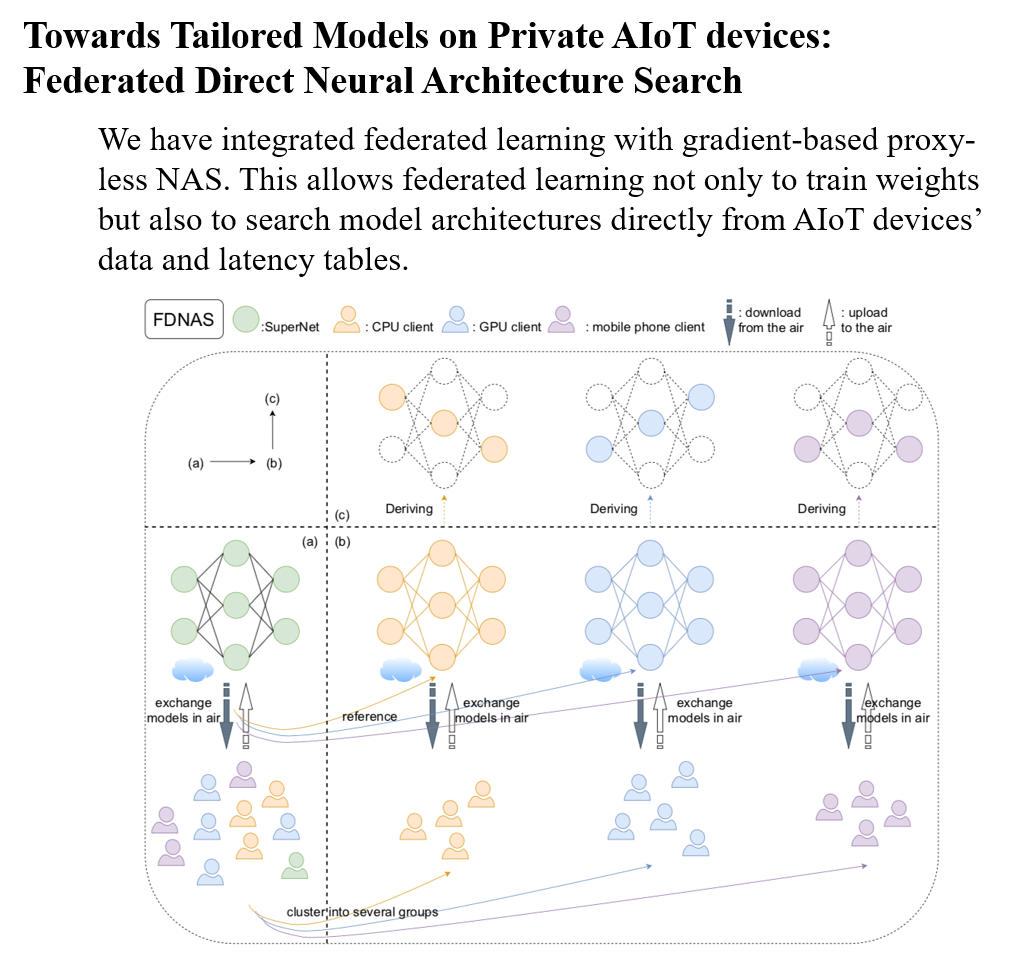Projects
Resource Management and System Design for Future Intelligent Networks
Project description/goals
The next generation of wireless networks require unprecedented communication services, especially human-computer interface, to support industrial Internet, Internet of Vehicles, virtual reality, and other modern applications. The various services bring diverse devices in wireless networks. The different service demands make the network even more complicated and heterogeneous. Conventional designs and architectures are based on particular models, and cannot satisfy the requirements of the diverse applications, which bring new challenges into the network optimization and system design.
Importance/impact, challenges/pain points
The new applications and requirements bring new challenges into resource scheduling and data analysis, including:
1) how to achieve efficient data collection and large-scale resource management under data rate, delay, reliability, energy consumption, and other nonconvex constraints;
2) how to protect the user privacy while utilizing IoT data to support different intelligent applications for completing edge AI tasks safely;
3) how to leverage the spatial-temporal big data for large-scale resource management in complicated and dynamic wireless networks.
Solution description
This project combines the large-scale optimization theory and AI techniques, aiming to provide novel theories and algorithms for wireless resource management in IoT systems, edge AI, and large-scale heterogenous networks, including:
1) large-scale nonconvex constrained resource management for IoT data collection and transmission;
2) distributed resource scheduling and learning algorithms for edge AI;
3) large-scale resource management for heterogeneous wireless networks.
Key contribution/commercial implication
This project aims to construct a theoretical framework of resource management and system optimization for future wireless networks, applying to IoT systems, edge AI, and large-scale heterogeneous wireless networks. By adopting advanced schemes, the user experience and the capacity of the network can be greatly improved for industrial Internet, Internet of Vehicles, virtual reality, and other modern applications. This project will provide more efficient resource management for operators and create greater profits.
Next steps
We will further improve the proposed resource management algorithms and demonstrate the performance in the current network of campus supported by Innovation Laboratory for Future Network Systems Optimization. We hope part of the algorithms can be commercially used in current networks.
Collaborators/partners
No.
Team/contributors
Tsung-Hui Chang, Qingjiang Shi, Lei Cheng, Guangxu Zhu, Yang Li.










